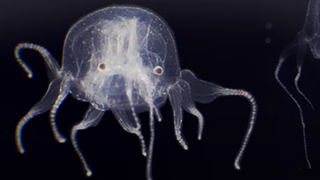Newfound Species
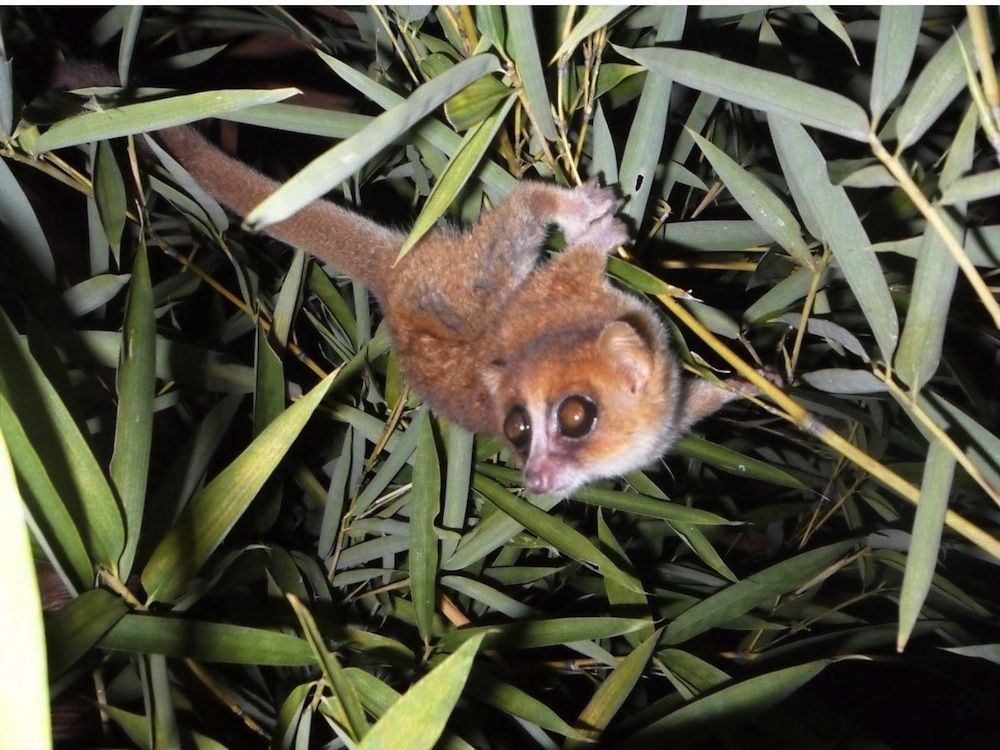
Science has identified some 2 million species of plants, animals and microbes on Earth, but scientists estimated there are millions more left to discover, and new species are constantly discovered and described. The most commonly discovered new species are typically insects, a type of animal with a high degree of biodiversity. Newly discovered mammal species are rare, but they do occur, typically in remote places that haven't been well studied previously. Some animals are found to be new species only when scientists peer at their genetic code, because they look outwardly similar to another species — these are called cryptic species. Some newfound species come from museum collections that haven't been previously combed through and, of course, from fossils. Read below for stories about newly discovered species, both alive on Earth today and those that once roamed the planet.
Latest about newfound species
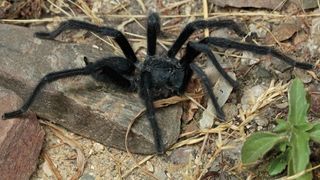
Males of 4 never-before-seen tarantula species have record-long genitalia
By Sascha Pare published
'Size really does matter' The males of four newfound tarantula species have extremely long genitalia so that they can keep their distance from aggressive females during mating, researchers say.

Fossils from lush 53 million-year-old South Pole rainforest discovered in Tasmania
By Sascha Pare published
Researchers have identified 12 ancestral plant species from an early Eocene fossil assemblage in Tasmania that once formed part of a giant, circumpolar forest.

Bizarre jellyfish with bright red cross for a stomach discovered in volcanic caldera off Japan
By Lydia Smith published
Newly described species of jellyfish with a red cross inside its translucent body is only found in the Sumisu caldera over 2,500 feet beneath the surface of the Pacific Ocean.
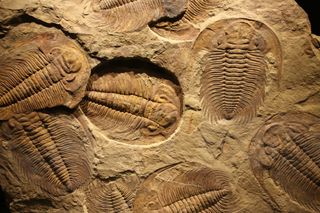
11 jaw-dropping fossil discoveries that weren't dinosaurs in 2023
By Sascha Pare published
Move over, dinosaurs: It's time for some of our favorite non-dino fossil stories of 2023 to shine.

Flesh-eating 'killer' lampreys that lived 160 million years ago unearthed in China
By Sascha Pare published
Scientists have described two lamprey fossils with "extensively toothed" mouths from the Jurassic period, shining a light on how this group has evolved into its modern forms since the Devonian.

240 million-year-old fossil of salamander-like creature with 'gnarly teeth' unearthed in rocks for garden wall
By Sascha Pare published
A retired chicken farmer found the rocks in the mid-1990s and donated it to the Australian Museum, where researchers have now named the newfound species Arenaerpeton supinatus.

Nematode resurrected from Siberian permafrost lay dormant for 46,000 years
By Sascha Pare published
The ancient nematode has lain dormant in a fossilized squirrel burrow since the late Pleistocene, revealing that these worms can survive for tens of thousands of years longer than thought.
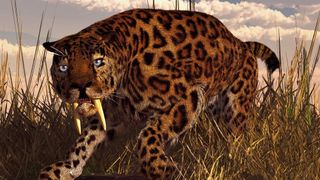
5 million-year-old fossils reveal 2 new species of saber-toothed cats in South Africa
By Harry Baker published
The pair of newfound species, as well as two previously known species unearthed in the same place, rewrite what we knew about these prehistoric predators.
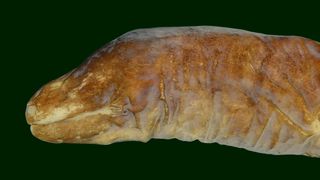
Why are cave-dwelling eels growing skin over their left eyes? It may be evolution in action.
By Sascha Pare published
These "greedy" eels likely retreated into the gloomy depths of underwater caves in search of tasty crustaceans and are adapting to the darkness by going blind, one eye at a time.
Get the world’s most fascinating discoveries delivered straight to your inbox.


